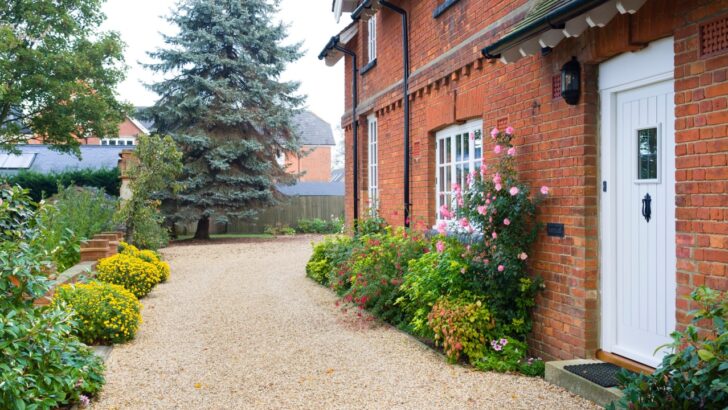Every year, Garden Media Group releases its Garden Trends Report, predicting the biggest shifts in gardening and outdoor living. This report offers a glimpse into how people will engage with nature in the coming years. For 2025, the message is clear: Gardening isn’t just a hobby; it’s becoming a cultural movement.
Katie Dubow, president of Garden Media, explains why this year’s theme of Nature’s Renaissance is so special. “This renaissance isn’t merely an aesthetic appeal — though more plants are certainly better — it’s about a growing recognition of the vital need for green spaces everywhere. Cities are increasingly adopting strategies that weave nature holistically into our daily existence.”
We’ve taken a few of our favorite trends the report focuses on to highlight some of the most exciting shifts shaping the future of gardening.
Perfectly Imperfect: The Rise of ‘Lived-In’ Gardens
Forget the pressure to maintain a picture-perfect landscape. The report highlights a shift away from meticulously maintained lawns and flowerbeds toward a more natural, organic approach. Gardeners are embracing imperfection, allowing plants to grow in a way that mirrors the wild.
This approach isn’t just about aesthetics; it’s also practical. Native plants, drought-tolerant species, and low-maintenance greenery are becoming more popular as people seek sustainable, self-sufficient gardens. These choices support pollinators, improve soil health, and reduce the need for excessive watering or chemical treatments.
By letting plants take the lead, gardeners create spaces that feel more authentic and require less effort to maintain.
Living Fences: Privacy with a Purpose
Traditional wooden fences are being replaced by living fences, which are becoming more popular. These green barriers, made from shrubs, trees, and climbing plants, provide privacy while also benefiting the environment.
The report highlights that living fences support biodiversity by offering shelter for birds and pollinators, can help reduce noise and air pollution in urban areas, and can be tailored to suit different climates and design preferences.
For gardeners looking to transition from hard fencing to plant-based boundaries, options like hedgerows, acacia, and boxwood offer an eco-friendly solution that blends seamlessly with the landscape.
‘Holy Moly’ Houseplants: Dramatic Indoor Greenery
Indoor plants continue to be popular, but in 2025, bigger is better. The report notes a rising demand for bold, statement-making houseplants like Monstera esqueleto and Philodendron tortum. These varieties feature striking leaves that add visual interest to interior spaces.
Houseplants are no longer just accents; they’re becoming focal points of home design, enhancing indoor spaces with their dramatic shapes and textures.
The Color of the Year: Teal
Each year, Garden Media Group selects a color that captures the essence of current gardening trends. For 2025, that color is teal: a deep blend of blue and green reminiscent of oceans and open skies.
Teal can be incorporated into gardens through plants like ‘Blue Fescue’ or succulents, as well as decorative elements like pots, trellises, and outdoor furniture. This color reflects a broader trend toward bold, expressive palettes that create a sense of tranquility and connection to nature.
Looking Ahead: A Garden for Everyone
As gardening continues to evolve, it’s becoming more inclusive, interactive, and sustainable. The report suggests that the future of gardening isn’t about following rigid rules; it’s about making outdoor spaces more functional, enjoyable, and connected to the environment.
Whether you’re looking to transform your backyard into a social space, experiment with naturalistic planting, or simply introduce a few bird-friendly shrubs, the message is the same: Gardening is changing, and there’s room for everyone to be part of the movement.


